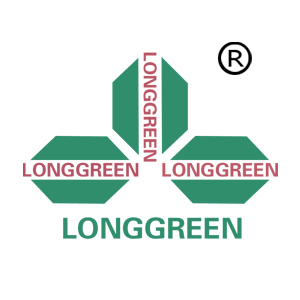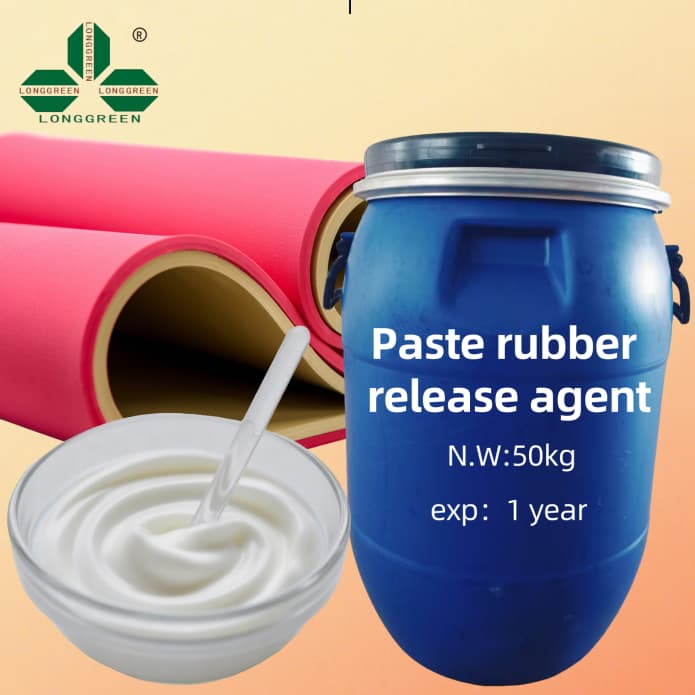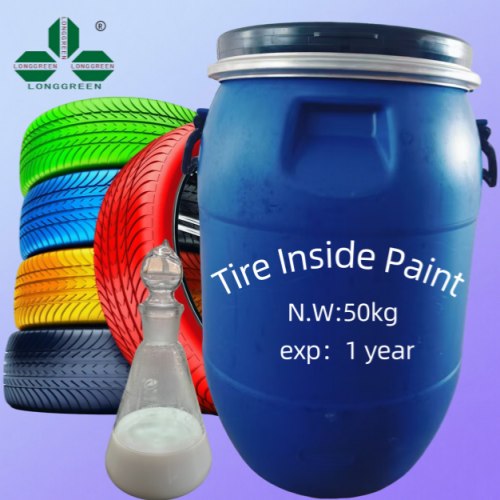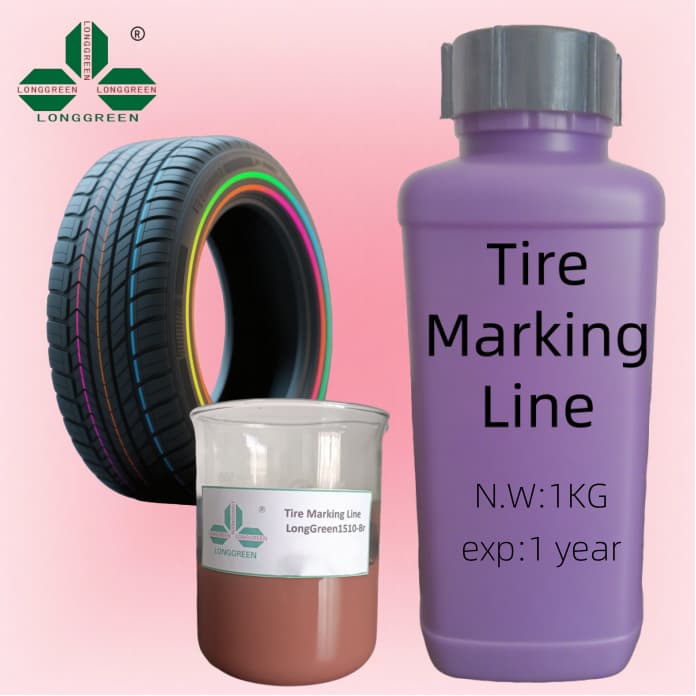In the ever-evolving landscape of the global rubber industry, one component stands out as a key driver of performance and versatility: Rubber plasticizer. This essential additive has become indispensable in the production of a wide range of rubber products, from tires to industrial hoses, and its significance continues to grow as manufacturers strive for enhanced quality and functionality.
Rubber plasticizerworks by improving the flexibility and processability of rubber compounds. By reducing the intermolecular forces within the rubber polymer, it allows for easier shaping and molding during manufacturing, while also enhancing the final product's elasticity and durability. This unique ability makes it a vital ingredient in countless applications, where rubber needs to withstand varying temperatures, pressures, and mechanical stresses.
Recent advancements in Rubber plasticizer technology have opened up new possibilities for the industry. Researchers and manufacturers have been focusing on developing eco-friendly alternatives to traditional plasticizers, which often contain harmful chemicals. These new, sustainable Rubber plasticizer options not only meet strict environmental regulations but also offer comparable, if not superior, performance characteristics. This shift towards greener solutions is not only beneficial for the planet but also provides a competitive edge for companies looking to meet the increasing consumer demand for sustainable products.
The market for Rubber plasticizer is experiencing steady growth, driven by the expansion of the automotive, construction, and consumer goods sectors. In the automotive industry, for example, the demand for high-performance tires with improved fuel efficiency and durability has led to a greater need for advanced Rubber plasticizer formulations. These plasticizers help in reducing the rolling resistance of tires, thereby contributing to better fuel economy, while also ensuring optimal grip and wear resistance.
In the construction sector, Rubber plasticizer is used in the production of various rubber-based materials such as gaskets, seals, and membranes. These materials require excellent resistance to weathering, chemicals, and mechanical stress, and Rubber plasticizer plays a crucial role in achieving these properties. The growing construction activities in emerging economies, coupled with the need for infrastructure development, are expected to further boost the demand for Rubber plasticizer in the coming years.
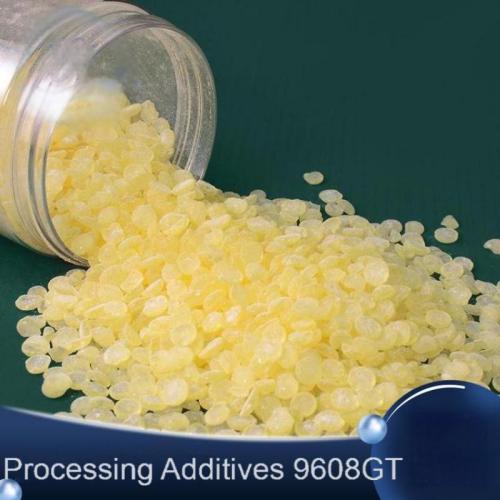
Consumer goods is another sector where Rubber plasticizer finds extensive application. From rubber toys to household appliances, the use of Rubber plasticizer ensures that these products are flexible, durable, and safe for use. With the increasing focus on product safety and quality, manufacturers are opting for high-quality Rubber plasticizer that meet stringent safety standards, further driving the market growth.
However, the Rubber plasticizer market is not without its challenges. Fluctuations in the prices of raw materials, such as petroleum-based products, can impact the cost of production. Additionally, the stringent environmental regulations in some regions can pose challenges for manufacturers, who need to invest in research and development to develop compliant products. Despite these challenges, the market is expected to continue growing, driven by the increasing demand from various end-use industries.
Looking ahead, the future of Rubber plasticizer looks promising. With ongoing research and development, we can expect to see more innovative and sustainable Rubber plasticizer formulations. These advancements will not only improve the performance of rubber products but also contribute to a more sustainable and environmentally friendly industry. The increasing focus on circular economy principles is also likely to drive the development of recyclable and biodegradable Rubber plasticizer, further enhancing the industry's sustainability credentials.
In conclusion, Rubber plasticizer is a vital component in the global rubber industry, driving innovation and performance. Its role in improving the flexibility, processability, and durability of rubber products makes it indispensable in various sectors, from automotive to consumer goods. With the ongoing shift towards sustainable solutions and the expected growth in end-use industries, the Rubber plasticizer market is poised for continued expansion. As manufacturers and researchers continue to innovate, we can look forward to a future where Rubber plasticizer plays an even more significant role in shaping the rubber industry.

